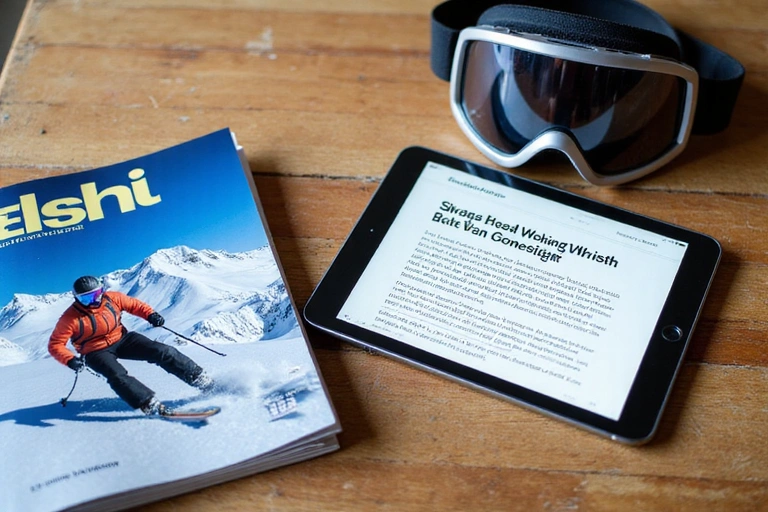
Alpine Skiing
Unveiling the Thrills of Alpine Skiing
Alpine skiing, often referred to as downhill skiing, is an exhilarating winter sport that captivates enthusiasts worldwide. It involves sliding down snow-covered slopes on skis that feature fixed-heel bindings, allowing for precise control and high speeds. From the gentle slopes perfect for beginners to the challenging black diamond runs and off-piste adventures for experts, alpine skiing offers a diverse range of experiences. It combines athleticism, balance, and a deep appreciation for mountainous landscapes, making it a truly unique and rewarding activity.
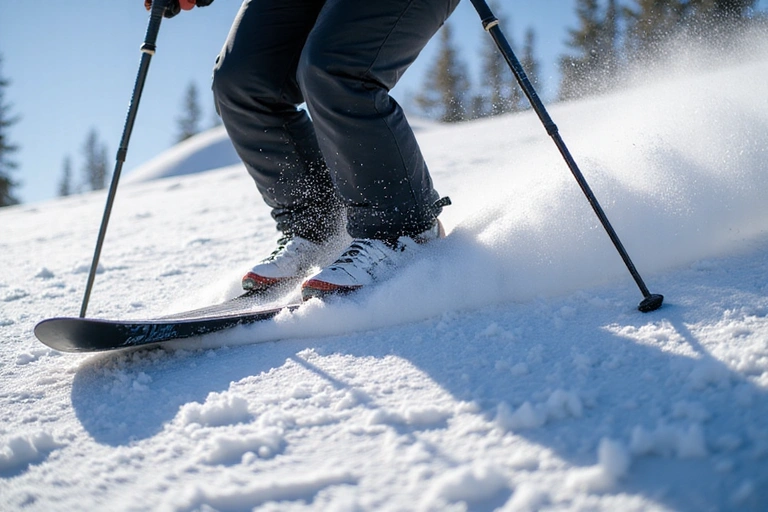
The sport's roots trace back thousands of years to Scandinavia, where skis were initially used for practical transportation across snow. However, modern alpine skiing, with its emphasis on recreation and competition, began to take shape in the late 19th and early 20th centuries. Today, it encompasses various disciplines, including slalom, giant slalom, super-G, downhill, and parallel slalom, each testing different aspects of a skier's skill, speed, and precision. Whether you're gracefully gliding down a groomed trail or tackling challenging moguls, alpine skiing promises an unforgettable adventure.
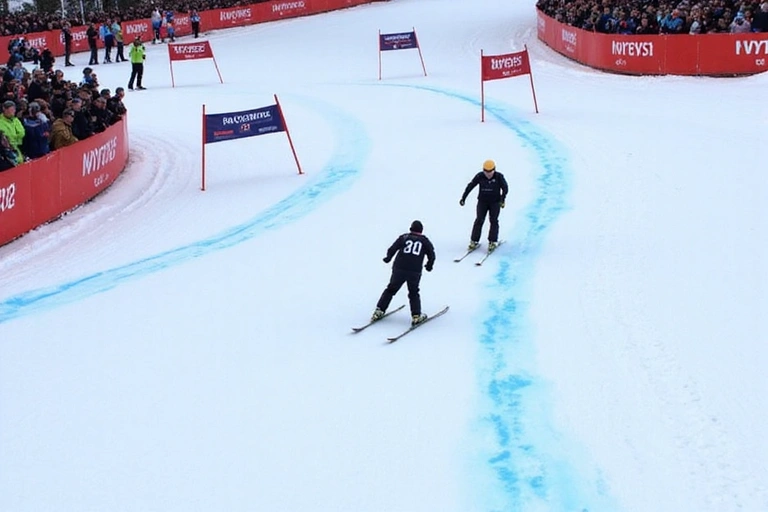
Essential Equipment for Alpine Skiing
To fully enjoy and safely participate in alpine skiing, having the right equipment is paramount. Each piece plays a crucial role in your performance, comfort, and safety on the slopes.
- Skis: The primary tool, chosen based on skill level, terrain, and desired skiing style. Shorter skis are easier to turn, while longer skis offer more stability at speed.
- Bindings: These connect your boots to the skis and are designed to release your boots in a fall, preventing injury. Proper adjustment by a certified technician is crucial.
- Ski Boots: Critical for control and comfort. They should fit snugly but not painfully, providing excellent ankle support.
- Poles: Used for balance, timing turns, and pushing through flat sections. Their length should be appropriate for your height.
- Helmet: Non-negotiable for safety. A well-fitting helmet protects against head injuries and keeps you warm.
- Goggles: Protect your eyes from UV rays, wind, and snow, and improve visibility in varying light conditions.
- Ski Apparel: Layering is key. Waterproof and breathable jackets and pants, thermal base layers, and warm socks are essential for staying comfortable in cold and wet conditions.
- Gloves/Mittens: Keep your hands warm and dry, crucial for comfort and preventing frostbite.
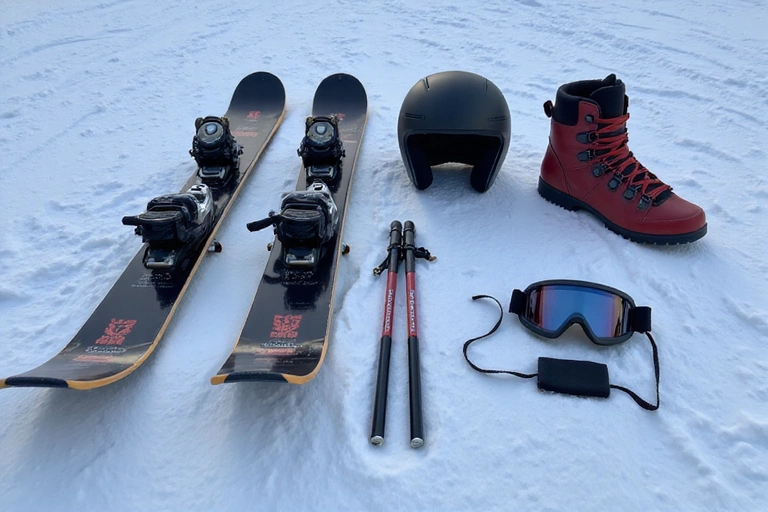
Navigating Skill Levels in Alpine Skiing
Alpine skiing offers a progression that caters to all abilities, from absolute beginners to seasoned professionals. Understanding the different skill levels helps you choose appropriate terrain and set realistic goals for improvement.
Beginner
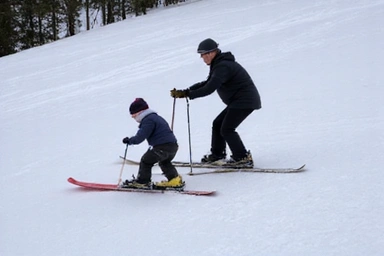
As a beginner, your focus will be on mastering the basics. Start with lessons from a certified instructor to learn proper stance, balance, and the fundamental snowplow (wedge) turn to control speed and direction. You'll typically stick to very gentle, groomed green circle runs. Patience and practice are key to building a solid foundation.
Intermediate
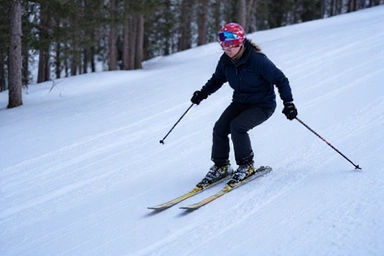
Once you've mastered the snowplow, you'll progress to intermediate skills, focusing on parallel turns and gaining confidence on blue square runs. This stage involves refining your technique, learning to link turns smoothly, and adapting to varied snow conditions and steeper pitches. You might also start exploring easier gladed runs or small terrain park features.
Advanced
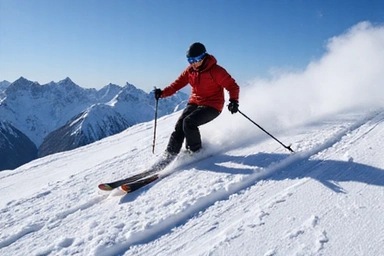
Advanced skiers are comfortable on all types of terrain, including steep black diamond runs, moguls, and off-piste conditions. At this level, you'll work on carving, short-radius turns, and adapting to highly variable snow and terrain. Many advanced skiers also explore ski mountaineering, heli-skiing, or competitive racing.
Premier Alpine Skiing Destinations in the USA
The United States boasts an incredible array of world-class ski resorts, offering diverse terrain, abundant snowfall, and exceptional amenities for alpine skiers of all levels. Here are some top regions and resorts where you can experience the best of American skiing:
-
Colorado: Home to some of the most famous resorts, known for their abundant powder and high-altitude skiing.
- Aspen Snowmass: Four mountains offering varied terrain from beginner to expert, along with a vibrant town atmosphere.
- Vail: One of the largest ski resorts in the world, renowned for its expansive back bowls and luxurious experience.
- Breckenridge: Historic mining town with high alpine terrain and a lively après-ski scene.
- Utah: Famous for its "Greatest Snow on Earth," Utah offers light, dry powder and stunning scenery.
-
California: The Sierra Nevada mountains provide spectacular skiing with often sunny skies.
- Palisades Tahoe (formerly Squaw Valley Alpine Meadows): Legendary for its steep terrain, deep snow, and Olympic heritage.
- Mammoth Mountain: A massive resort with a long season and diverse terrain, from gentle cruisers to extreme expert runs.
-
Wyoming: Offers rugged beauty and some of the most challenging expert terrain.
- Jackson Hole Mountain Resort: Famous for its steep and deep skiing, iconic tram, and expert-level terrain.
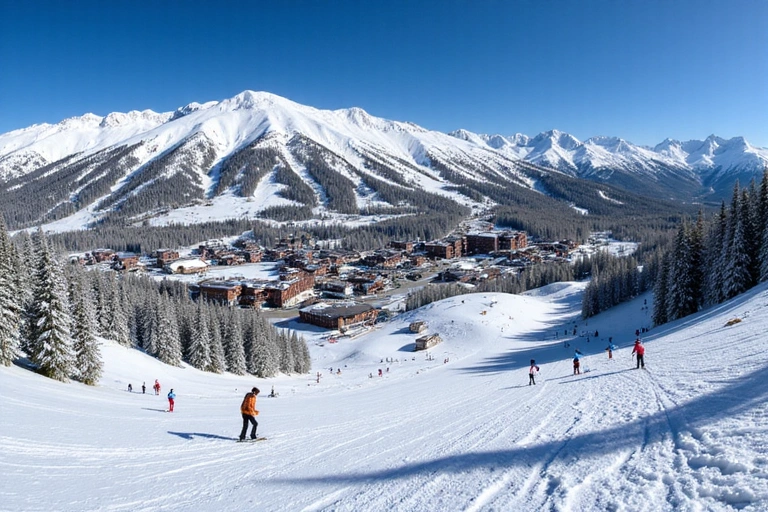
Crucial Safety Tips for Alpine Skiing
Safety should always be your top priority when hitting the slopes. Adhering to these guidelines will help ensure a fun and injury-free experience for everyone.
- Wear a Helmet: Always wear a properly fitted ski helmet. It significantly reduces the risk of head injury in case of a fall or collision.
- Know Your Limits: Ski on trails appropriate for your skill level. Don't push yourself onto terrain that is too difficult, especially early in the season or day.
- Stay Hydrated and Fuelled: Skiing is physically demanding. Drink plenty of water and eat nutritious snacks to maintain energy levels throughout the day.
- Ski with a Buddy: Whenever possible, ski with at least one other person. This ensures someone is there to help if an accident occurs.
- Be Aware of Changing Conditions: Snow conditions, weather, and visibility can change rapidly. Be prepared to adjust your skiing style and speed accordingly.
- Observe Trail Signs and Warnings: Pay attention to all posted signs, trail markers, and warnings about hazards or closures.
- Maintain Control: Always ski in control and be able to stop or avoid other people or objects. People ahead of you have the right of way.
- Use Proper Equipment: Ensure your skis, bindings, and boots are correctly fitted and in good working order. Get bindings checked by a professional annually.
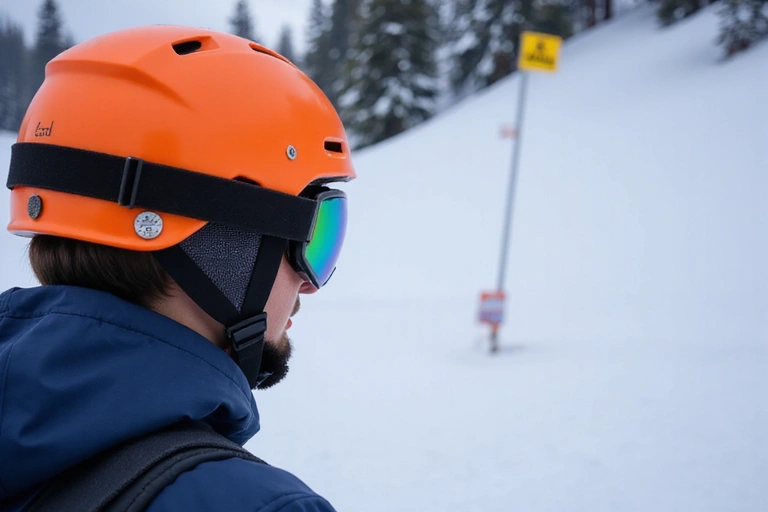
Explore More: Related Alpine Skiing Articles
Dive deeper into the world of alpine skiing with our curated selection of articles, offering insights, tips, and stories to enhance your experience.
- Choosing Your First Skis: A Beginner's Guide - Learn how to select the perfect pair of skis to kickstart your alpine adventure.
- A Guide to Ski Resort Etiquette: Respecting the Slopes - Understand the unwritten rules and best practices for a harmonious skiing experience.
- Mastering Parallel Turns: Techniques for Intermediate Skiers - Tips and drills to help you transition from snowplow to smooth parallel turns.
- Beyond the Groomers: Introduction to Off-Piste Skiing - Discover the thrill and challenges of skiing in ungroomed terrain.
- The Evolution of Ski Technology: From Wood to Carbon Fiber - A look at how ski equipment has transformed over the decades.
